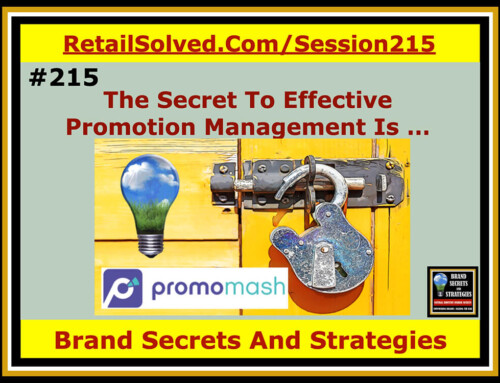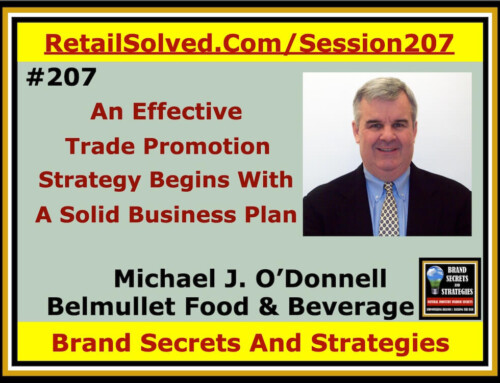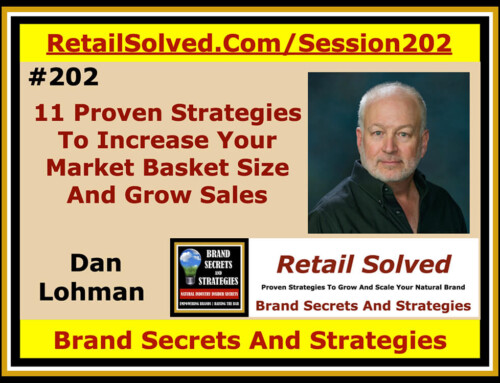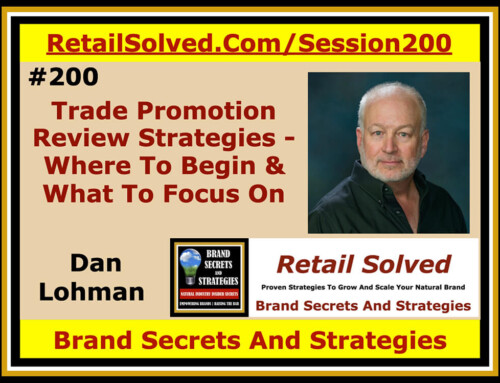Market basket refers to the assortment of items found in a customer’s shopping basket in the checkout line. Market basket is one of the most important terms in category management, shopper insights, marketing, brand management, etc. Understanding this important measure will help your brand maximize your sales growth and profits while developing loyal and happy shoppers. A win-win for everyone!
I am always talking about how shopper satisfaction is the most important metric for every brand. This is because nothing happens without the shopper buying something. A consumer’s shopping basket can give you a window into shopper preferences, their likes, their interests, their mindset, their wants and needs.
Consumers typically shop multiple categories on each trip to the store. The items in their cart represent a wide selection of products available at their chosen retailer. This presents a tremendous opportunity to better understand consumer shopping behavior with the goal being to have consumers purchase more of the items on their shopping list in your store and not with your competition.
Retailers can’t possibly be experts in every category and about every item they sell. This is why it is incumbent on the brands to work closely with their retailer partners. The advantage for the brand is to more effectively satisfy their core shopper’s needs thus building loyalty and, hopefully, repeat purchases. Let me explain; an organic bread shopper will most likely purchase an organic spread, organic condiments, organic meats and cheeses, etc. If the retailer does not stock those items, the shopper may make their bread purchase at another store – a different retailer that sells all of the items they want. Meeting the needs of their loyal shopper has a lot to do with the total meal solution the store provides, in this case to the loyal organic buyer.
Smaller brands don't always have the ability to promote across different categories or brands given their limited product selection and buying power. In addition, they rarely have the relationships or network to effectively promote with complementary items. This is where collaborating with a savvy retailer can help.
Larger manufacturers are able to take full advantage of these synergies to help grow sustainable sales for their brands as well as for the retailer. There have been countless market basket studies performed that highlight the value of promoting items together across categories. The good news for small brands and retailers is that most large brands overlook this, which represents a huge opportunity for small brands.
For example, promoted organic bread might achieve a 175 percent lift (sales increase). Promoted organic peanut butter might achieve a 125 percent lift. But, when promoted together, the two items could achieve a 260 percent lift. Both organic bread and organic peanut butter are typically found in a customer’s shopping basket meaning more money spent at that store. This is in addition to all of the other items in their shopping basket, which is why loyal organic shoppers are such good customers.
Think of products that naturally go well together like peanut butter and jelly, lettuce and salad dressing, chips and dip, etc. Savvy retailers can and should help coordinate promotions with brands to sell complementary items and maximize sales.
A lot of retailers focus solely on margin (the percentage profit of an item) from an individual item standpoint. This limits their ability to compete effectively in their market and it might actually hurt their overall sales performance. Margin should be managed at the market basket level, spreading the margin goal across all of the items in the store and allowing you to compete more aggressively on popular top-selling items in your market.
Here is an example of how this might look. A store’s ice cream category has 10 flavors compared to only three flavors at their competitor. Your competition can only promote plain, chocolate, and vanilla. To compete effectively, you aggressively promote the top three flavors at a more competitive price and then mention that you have seven other flavors available – at a different price, where it makes sense.
This allows the brand and retailer to compete more effectively while building excitement around their unique flavors, all while achieving a higher overall margin than your competitor. This gives customers another reason to become loyal shoppers — a wider variety of the unique items they want. This strategy can give the small brands and retailers a significant and sustainable competitive advantage.
A satisfied customer is the best form of consumer loyalty for any brand or retailer.
What loyalty strategies do you use?
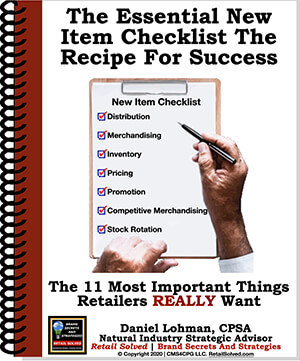
Want A Competitive Edge? The Recipe For Success
New product innovation is the lifeblood of every brand. New products fuel sustainable growth, attract new shoppers and increase brand awareness. Know the critical steps to get your product on more retailer’s shelves and into the hands of more shoppers.
Empowering Brands | Raising The Bar
Ever wish you just had a roadmap? Well, now you do!
Don’t miss out on all of these FREE RESOURCES (strategic downloadable guides, podcast episodes, list of questions you need to be asking, and know the answers to, the weekly newsletter, articles, and tips of the week. You will also receive access to quick and easy online courses that teach you how to get your brand on the shelf, expand distribution, understand what retailers REALLY want, and address your most pressing challenges and questions.
All tools that you can use, AT NO CHARGE TO YOU, to save you valuable time and money and grow your sales today!
Image is the property of CMS4CPG LLC, distribution or reproduction is expressively prohibited.



